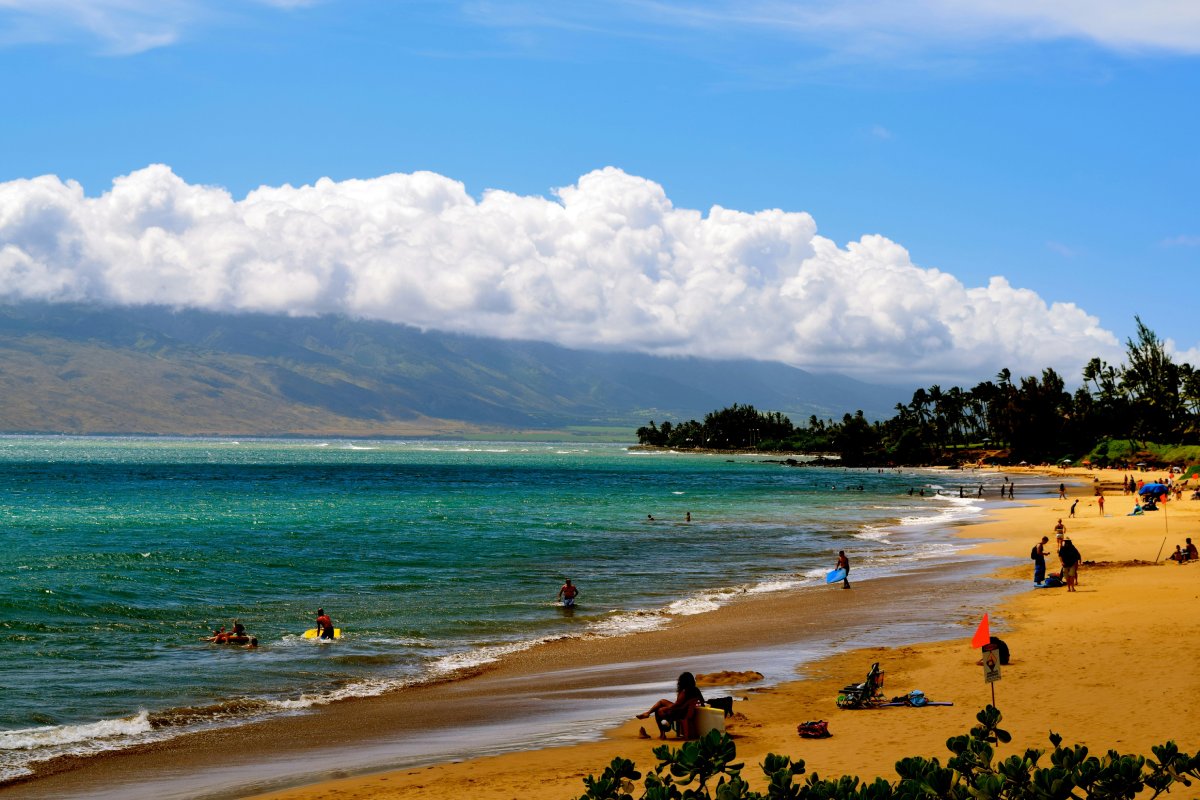Hawaii's New Message to Tourists: 'Maui Is Ready'

Skift Take
Tourists have remained unsure whether Maui is ready to welcome them after its painful recovery from last August's wildfires. So Hawaii’s tourism agency launched a marketing campaign last week to reassure them that the entire island is open for business.
The campaign spotlights local businesses and residents welcoming visitors back, and it's called Mākaukau Maui, which means “Maui is Ready."
"We wanted to offer a platform and a voice for them to make that invitation to folks," said T. Ilihia Gionson, the Hawaii Tourism Authority's public affairs officer.
Tourism officials launched the campaign after visitor spending dropped 19% in January. Maui lost an estimated $120 million in revenue.
Maui faces competition from other sun-and-sea destinations that are also wooing mainland Americans.
“We're in competition with other sun destinations,” said Lisa Paulson, executive director of the Maui Lodging and Hotel Association. "Mexi
